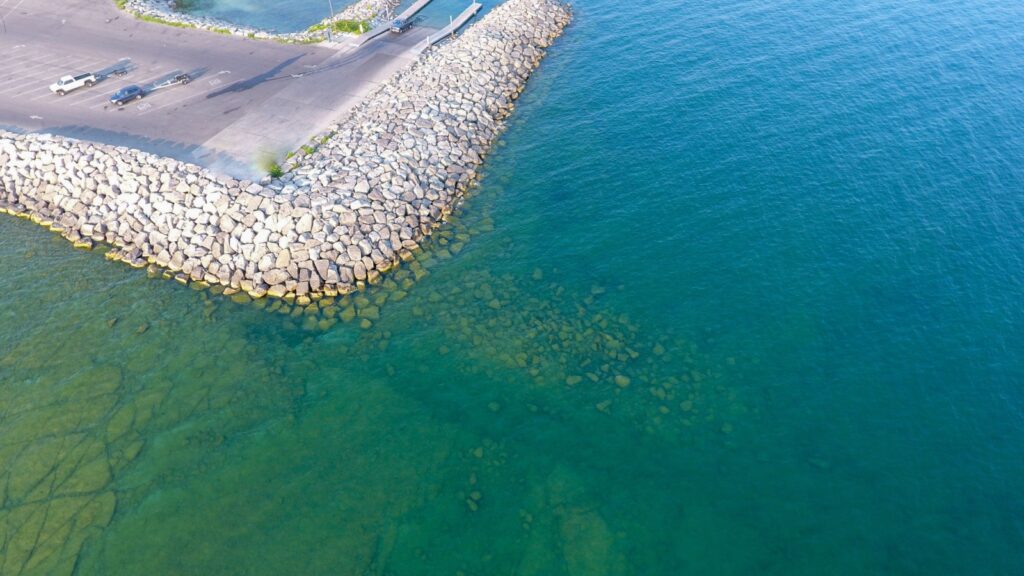Theme parks once brought Canadians endless summers of funnel cakes, roller coasters, and neon wristbands that meant all-day fun. Yet behind the cotton-candy haze, dozens of these wonderlands eventually closed for good. Economic downturns, rising insurance costs, and shifting leisure habits turned many laughter-filled parks into silent fields. Here are 25 Canadian theme parks that closed forever.
Crystal Beach Park – Fort Erie, Ontario
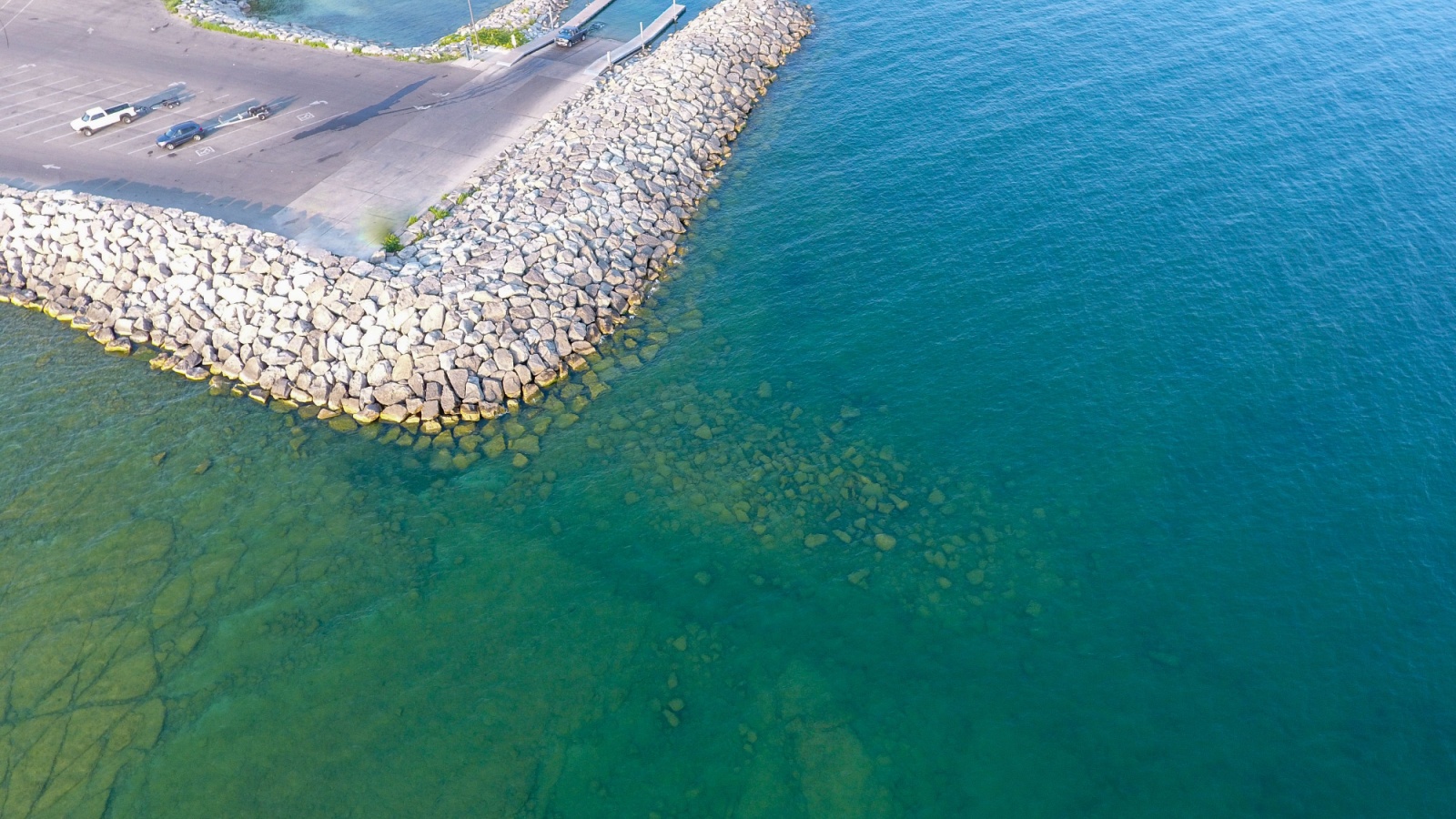
Opening in 1888, Crystal Beach Park evolved from a lakeside picnic ground into a full amusement resort with iconic rides like the “Cyclone” and “The Comet.” Its prime location on Lake Erie drew visitors from both Ontario and New York for nearly a century. After years of declining attendance and increasing maintenance costs, the park closed in 1989. Though condominiums occupy the site today, remnants such as street names and memorabilia keep its spirit alive. Many locals still recall its signature sugar waffles and the ferry rides that made every trip to Crystal Beach feel like a holiday tradition.
Maple Leaf Village – Niagara Falls, Ontario

Maple Leaf Village wasn’t a park in the traditional sense; it was a multi-level indoor complex that combined carnival rides, shopping, and arcades under one eccentric roof. Opening in 1979, it became a neon wonderland filled with wax museums, haunted houses, and a 150-foot Ferris wheel towering above the Falls. By the mid-1990s, competition from newer attractions and casinos took its toll, and the property was redeveloped. The wheel itself was dismantled but later reimagined nearby as the Niagara SkyWheel, symbolizing how parts of the past quietly rolled into modern tourism.
Conklin’s Crystal Palace – Edmonton, Alberta

Edmonton’s Crystal Palace was an indoor amusement center built by Conklin Shows in the 1980s next to West Edmonton Mall. The glass-domed building featured carnival-style rides, a double-decker carousel, and roller coasters that operated year-round—ideal for Alberta winters. When West Edmonton Mall expanded Galaxyland, Crystal Palace became redundant and closed in 2006. The structure was demolished in 2016, replaced by a furniture store. For families who grew up spinning under that sparkling dome, it remains a glimmering piece of Edmonton nostalgia.
Dominion Park – Montreal, Quebec
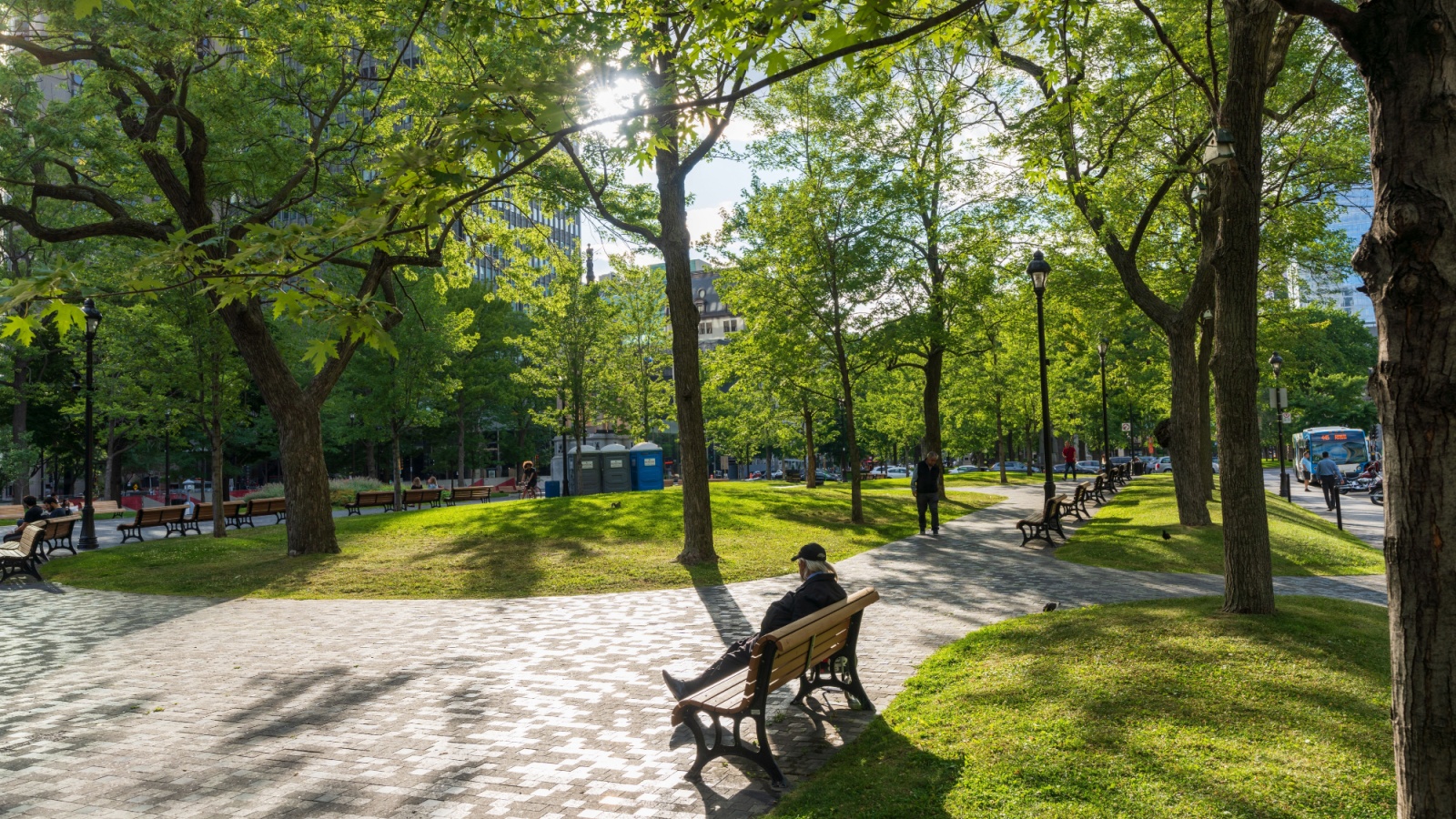
Dominion Park was Montreal’s pride in the early 1900s, sitting along the St. Lawrence River. It featured roller coasters, dance halls, and even early motion-picture shows. Fires repeatedly destroyed major attractions, yet the park kept rebuilding until the Great Depression made operations impossible. It closed in 1937 after decades of serving as a cultural hub for weekend escapes. Today, the site is industrial land, but vintage photos show crowds in formal clothes riding the “Scenic Railway,” a glimpse into how early Canadians sought thrills before modern amusement engineering took over.
Sunnyside Amusement Park – Toronto, Ontario
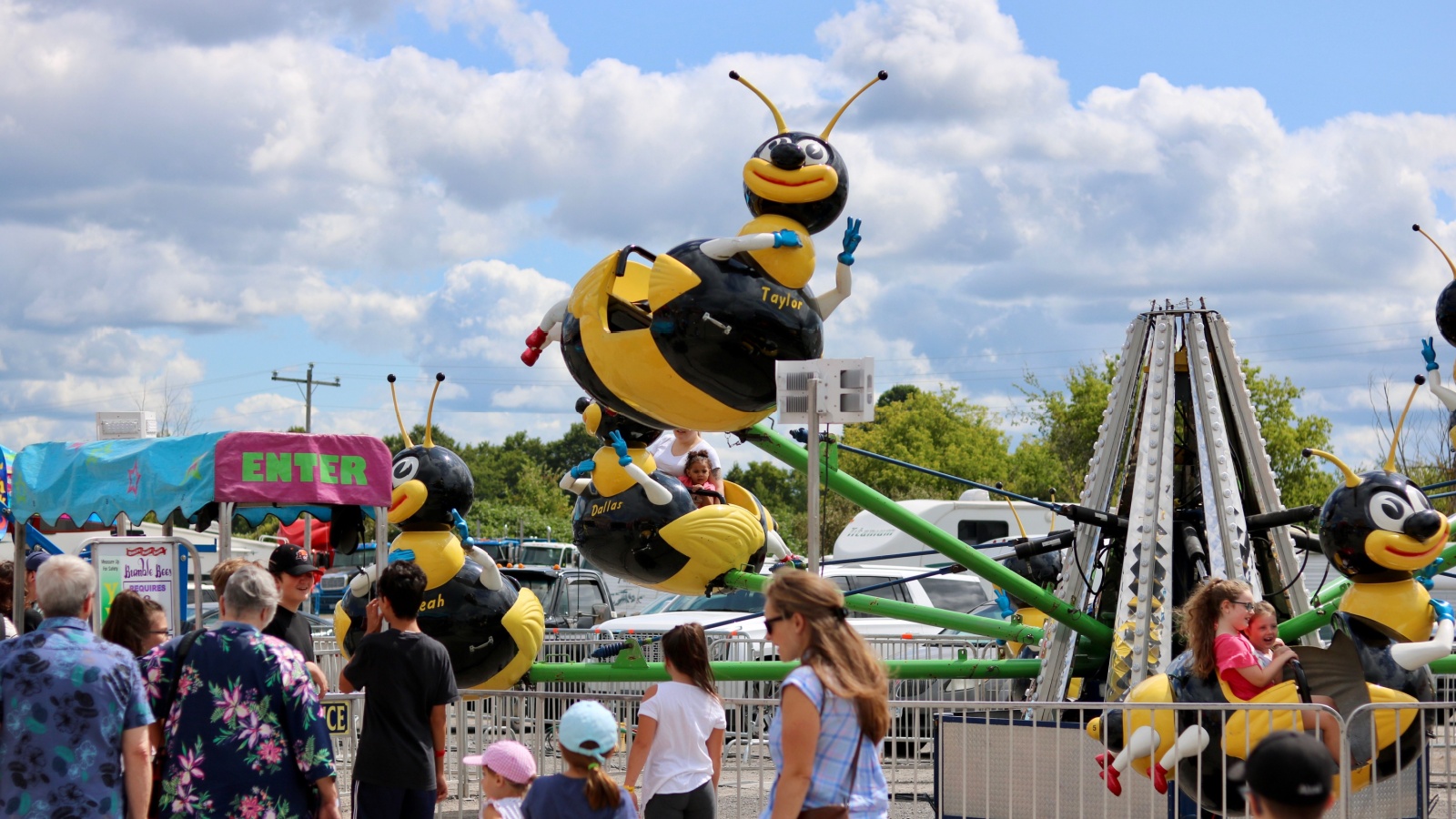
Situated along Lake Ontario, Sunnyside opened in 1922 as Toronto’s lakeside leisure district. With its swimming pools, bumper cars, and elegant boardwalk, it became the city’s go-to summer hangout. The construction of the Gardiner Expressway in the 1950s effectively cut off access and sealed its fate. The rides were dismantled, and much of the land repurposed for public facilities. Sunnyside’s spirit, however, lingers in the city’s beach culture and nostalgic photos of the illuminated midway that once made Toronto’s waterfront sparkle with life.
La Ronde’s “Six Flags” Era – Montreal, Quebec
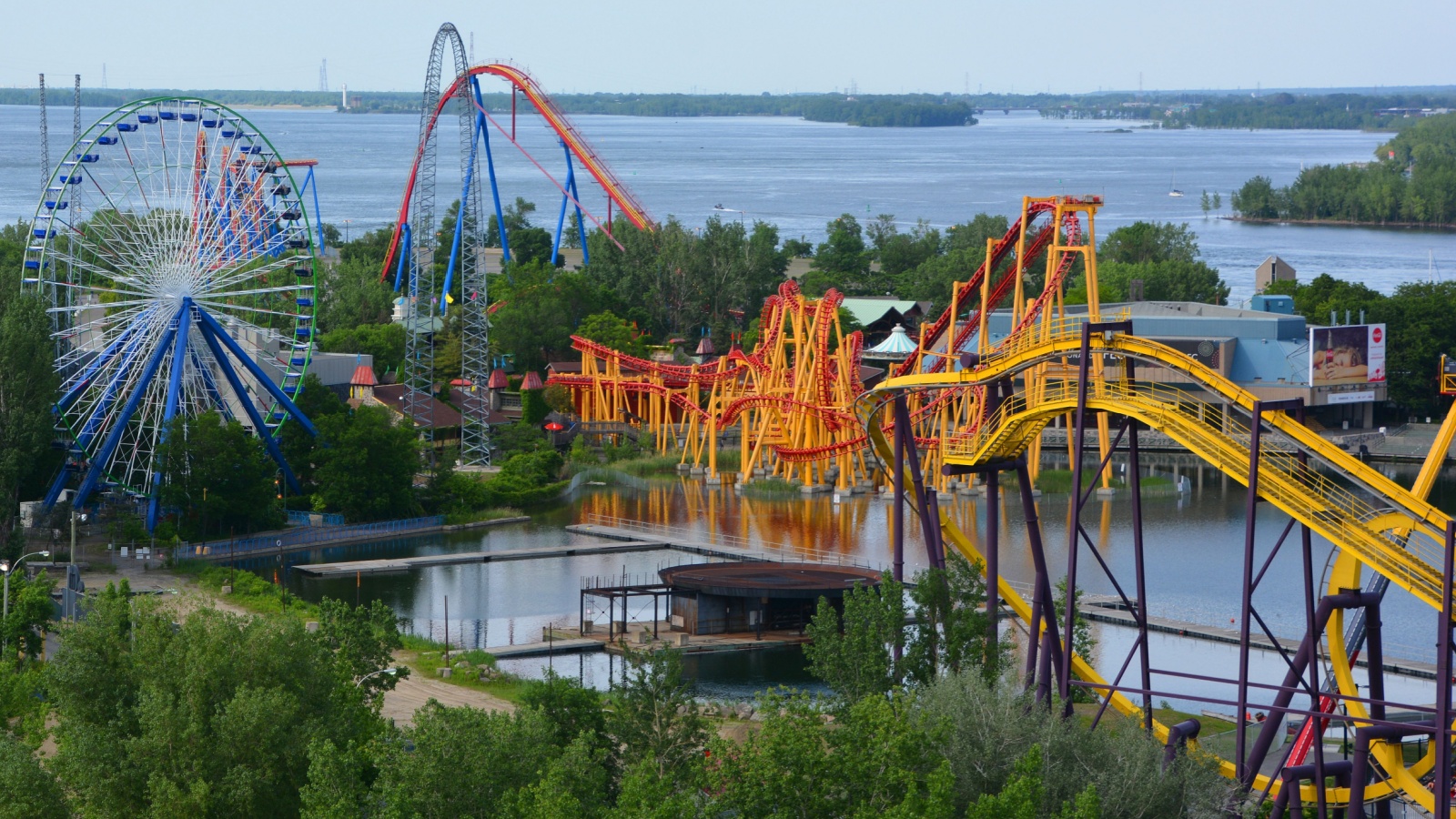
While La Ronde still exists, its Six Flags period (2001–2006) is considered a “lost park era” by enthusiasts. During this time, the American operator introduced high-intensity rides and U.S. branding that alienated Quebecers who loved its local flair. Mounting debt and reduced attendance led to management returning to local ownership. Several Six Flags-era rides were dismantled, ending a brief but flashy period that felt entirely different from the park’s original Expo 67 roots. For many, that short-lived transformation is remembered as a closed chapter rather than a continuation.
Centennial Park Zoo & Amusement Area – Etobicoke, Ontario
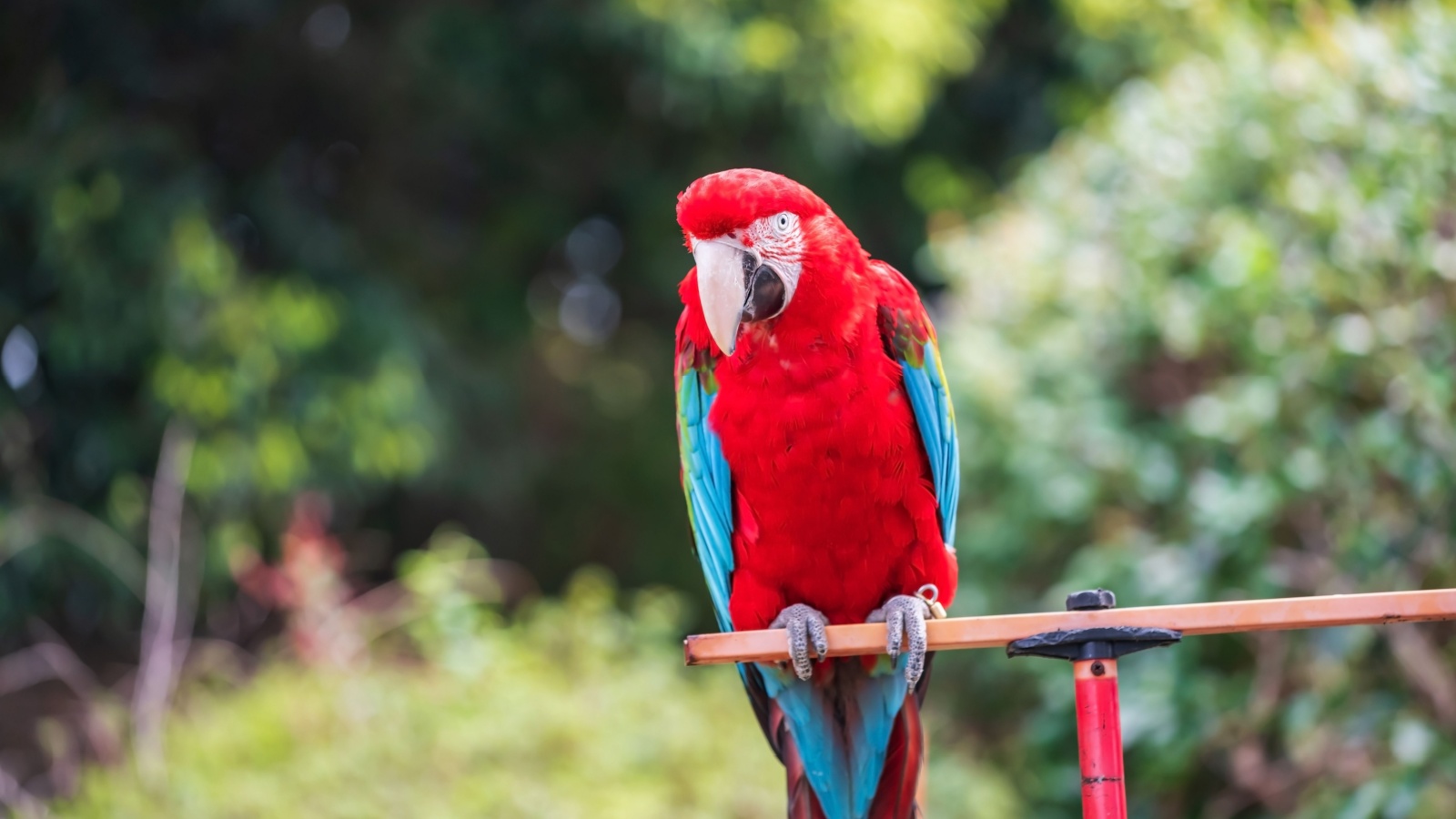
Within Toronto’s Centennial Park once stood a small amusement zone with mini-golf, rides, and a petting zoo that operated through the 1970s and 1980s. It was a modest but beloved family spot where kids could ride the train or paddle boats after a picnic. As municipal priorities shifted toward sports and nature facilities, the amusement section was phased out. Today, the area is lush parkland, but the memories of cotton-candy afternoons and paddle-boat races still linger among those who grew up nearby.
Whalom Park – Drummondville, Quebec

Though primarily an American chain name, a small Quebec park adopted the Whalom spirit in the 1960s. Built on simple grounds, it featured a carousel, water slides, and a Ferris wheel imported from Massachusetts. Local attendance was strong for years until insurance rates skyrocketed in the late 1990s. Unable to compete with larger parks like La Ronde, it quietly shut down by 2000. The rides were sold off, but the land remains undeveloped, a rural reminder of how small community parks once held big summertime joy.
O’Keefe Center Funland – Toronto, Ontario
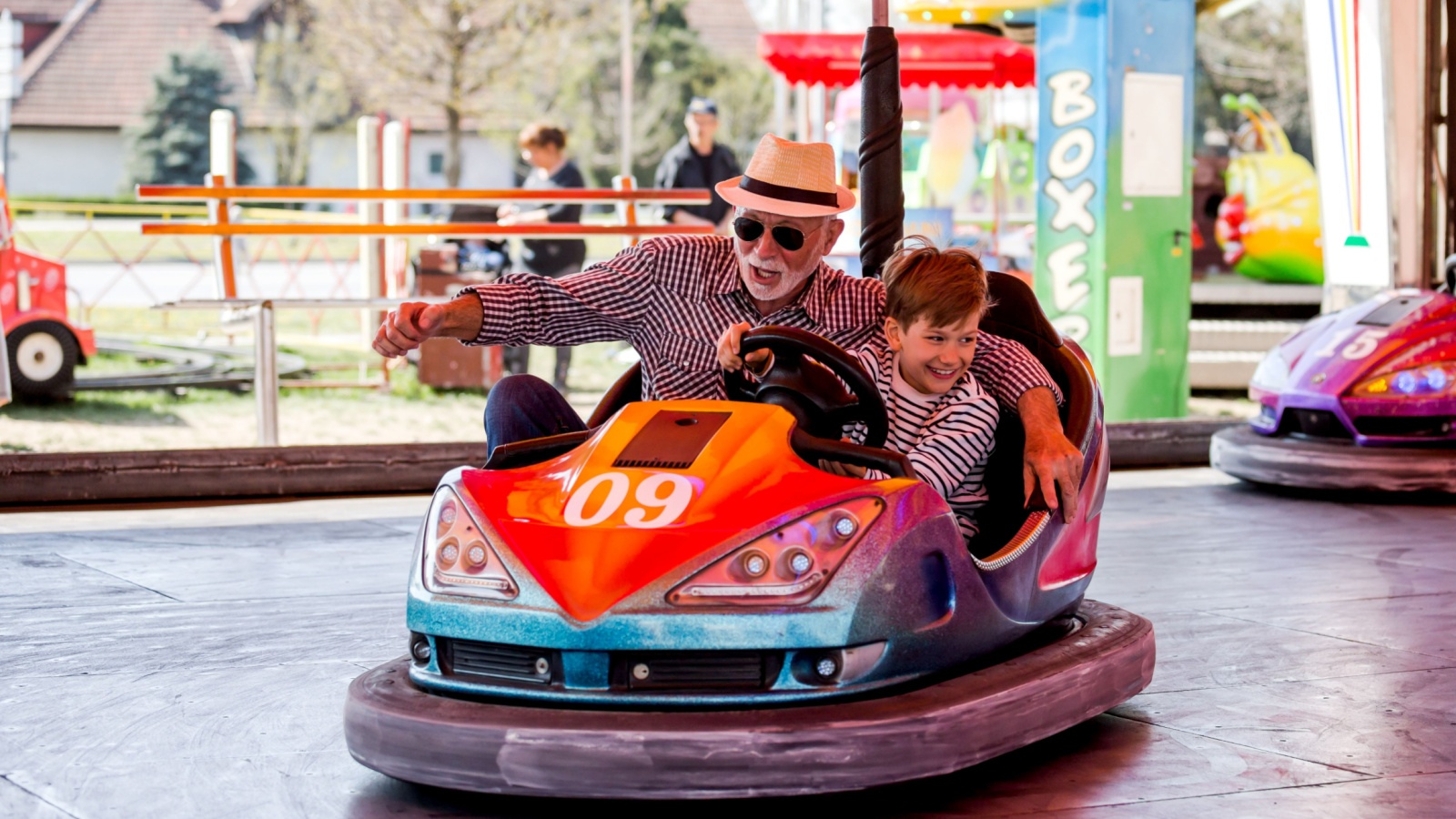
In the 1970s, downtown Toronto briefly hosted an indoor amusement experiment under the O’Keefe Center’s lower floors. It included futuristic arcade games, bumper cars, and themed exhibits intended to attract families before theatre performances. Despite its innovative setup, the high costs of maintenance and low turnout led to its closure within a few years. Today, little documentation remains, making Funland one of Toronto’s forgotten curiosities, proof that urban theme parks struggled to compete against outdoor leisure and larger suburban entertainment spaces.
Storyland – Renfrew, Ontario

Storyland opened in 1966 as a fairytale-themed park filled with giant storybook characters, a miniature train, and petting areas. Located in the Ottawa Valley, it became a regional gem for family road trips. Over time, declining tourism and rising upkeep costs caused financial strain. After 45 years of operation, it closed in 2011. The whimsical sculptures and castle gates still sit on private land, serving as haunting reminders of when fairy tales once felt real for generations of children.
Sportsworld – Kitchener, Ontario

Sportsworld began in the 1970s as a fun mix of mini-golf, water slides, and go-karts. It later added roller coasters and became one of Ontario’s favorite local amusement stops. Despite community support, attendance dwindled after the opening of larger nearby water parks and malls. It closed in 2009, and the property was later redeveloped for retail. The giant water slides, once visible from the highway, became a symbol of changing family entertainment tastes, from outdoor thrill spots to climate-controlled shopping centers.
Fantasy Fair – Winnipeg, Manitoba

Before the massive indoor parks became popular, Winnipeg’s Fantasy Fair tried to bring summer indoors. Operating during the 1980s, it offered small rides, arcade games, and food courts catering to local families avoiding prairie winters. As malls added their own mini-rides and arcades, attendance dropped sharply. By the early 1990s, Fantasy Fair was shuttered. While the name has since been reused elsewhere, Winnipeg’s version is remembered for its earnest attempt to keep local kids entertained when snow ruled the landscape.
PNE Amusement Zone (Old Rides) – Vancouver, British Columbia
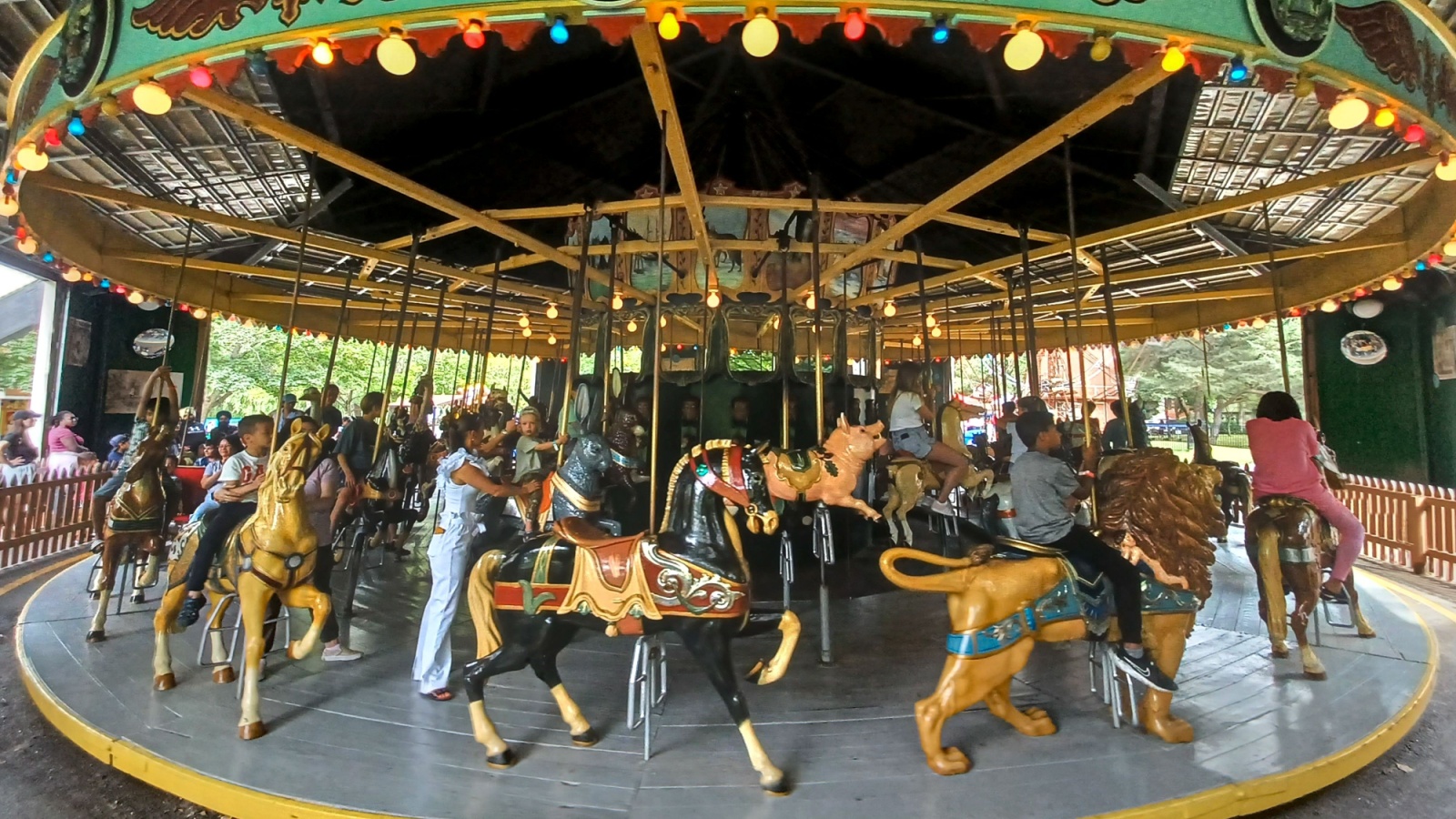
The Pacific National Exhibition’s amusement area once included classic wooden rides, sideshows, and even horse-drawn games. Over the years, many of these were replaced or dismantled, effectively closing a chapter of vintage PNE charm. The “Wooden Coaster” remains, but several beloved mid-century rides disappeared in the 1990s and early 2000s. Their closures reflect the shift toward modern attractions and safety regulations that outpaced nostalgia. Old PNE fans still recall the scent of popcorn and diesel rides that defined Vancouver summers.
Moncton Crystal Palace – Moncton, New Brunswick
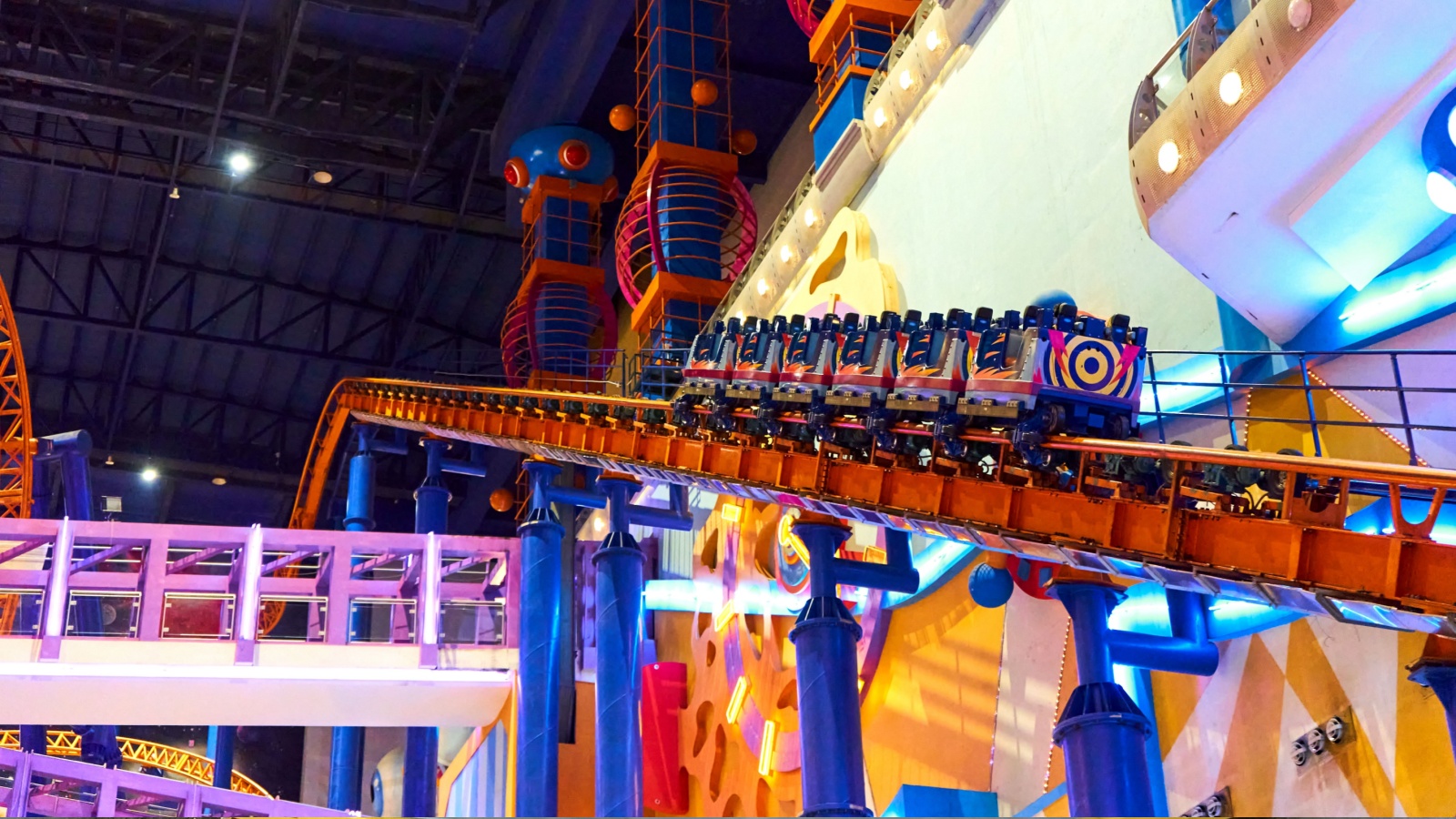
Crystal Palace, part of Moncton’s Champlain Place mall, opened in 1990 as Atlantic Canada’s premier indoor amusement park. It featured a full roller coaster, a carousel, and water-themed rides. When the adjacent hotel and mall were redeveloped in 2014, the park was demolished to make way for retail expansion. Families across the Maritimes still talk fondly about the purple-and-teal interior and its cheerful mascot “Pal.” Its loss left the region without a comparable indoor amusement option, symbolizing a rare maritime void in family recreation.
Flintstones Bedrock City – Kelowna, British Columbia

Bedrock City brought the Stone Age to life with life-sized Flintstones houses, character statues, and themed play areas. Operating from 1968 to 1998, it was a quirky roadside attraction beloved by families. Changing tourism habits and the loss of Hanna-Barbera licensing forced it to close. The site was eventually redeveloped, but pieces of the cartoonish stone décor occasionally appear for sale online. It remains one of those rare times when pop culture nostalgia literally shaped the landscape.
Heritage USA North – St. Thomas, Ontario

Inspired by the American Christian theme park, this Ontario version opened in the late 1980s as a faith-based attraction with stage shows, rides, and Bible-themed exhibits. Despite initial curiosity, it struggled to attract repeat visitors and closed within a decade. The property fell into disrepair and was later converted to private farmland. For locals, it’s remembered as a well-intentioned but short-lived project that mixed amusement with evangelism, an experiment that ultimately proved too niche for sustained success.
Wild Rapids Waterslide Park – Sylvan Lake, Alberta
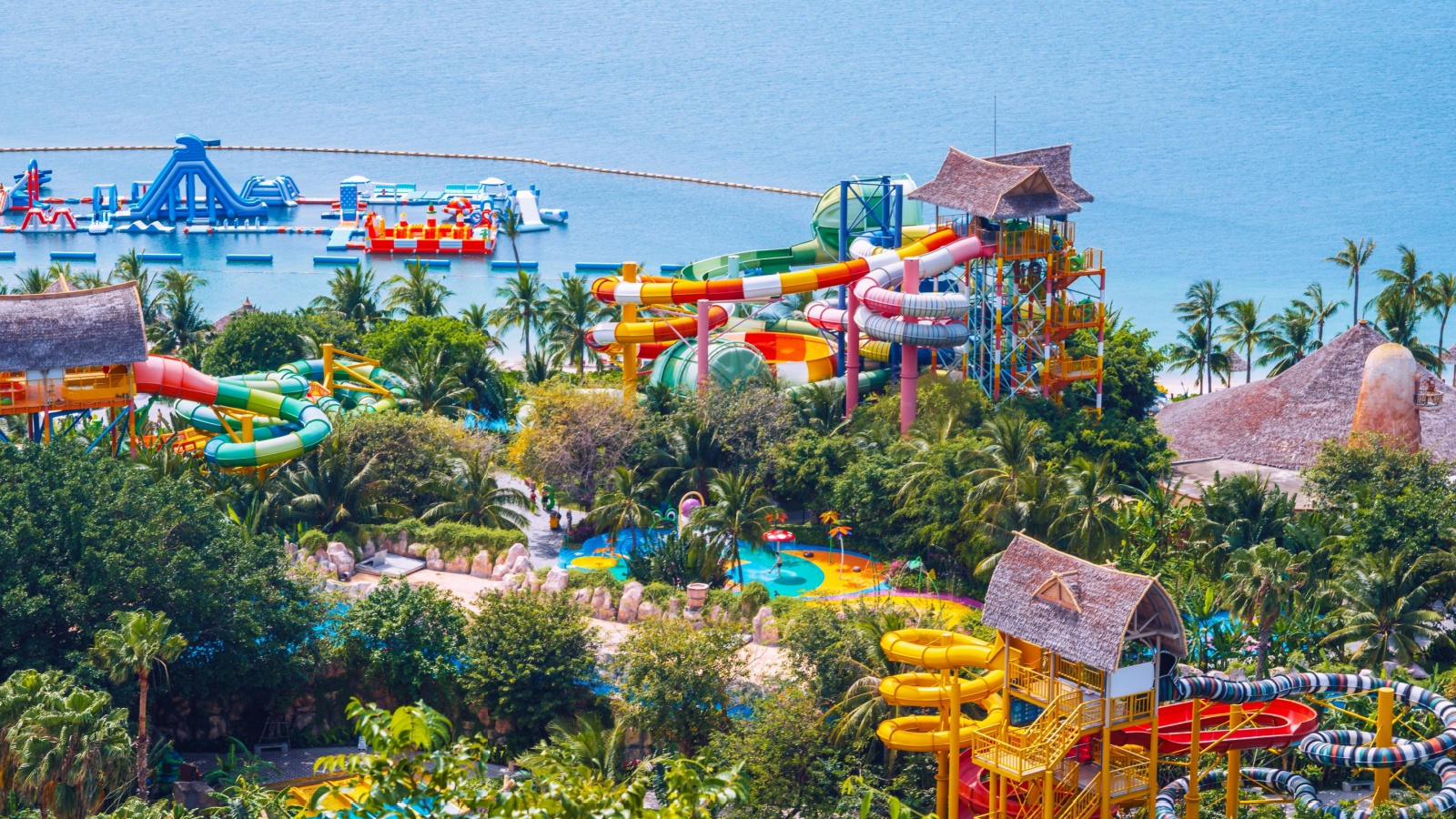
Wild Rapids operated for over 30 years as Alberta’s beloved waterpark on Sylvan Lake’s shore. It featured twisting slides, a lazy river, and lakefront views that drew families from across the province. When lease negotiations failed and redevelopment plans emerged, it shut down in 2016. The closure left a noticeable gap in Alberta’s summer tourism circuit. For many, Wild Rapids represented the quintessential small-town summer: sunburned shoulders, shared floats, and memories impossible to recreate in a condo complex.
Happyland – Winnipeg, Manitoba

Happyland was one of Winnipeg’s first major amusement parks, opening in 1906. With horse racing, roller coasters, and early electric lights, it embodied the optimism of the Edwardian era. Unfortunately, recurring floods and changing entertainment norms led to its closure in 1922. The site later became residential housing. Historians still refer to Happyland as a key chapter in the city’s cultural evolution, a place where new technology and recreation first collided to create joy before the Jazz Age even began.
Atlantic Playland – Hammonds Plains, Nova Scotia

Located near Halifax, Atlantic Playland opened in 1980 and was known for its Ferris wheel, kiddie coasters, and go-karts. It served as Nova Scotia’s largest amusement park for decades. However, aging infrastructure, high upkeep costs, and a short operating season led to its closure in 2022. The owners cited difficulties in staffing and maintenance after the pandemic. While smaller carnivals still visit the region, none have quite filled the same nostalgic summer role Atlantic Playland once held.
Bowmanville Zoo Amusement Area – Bowmanville, Ontario
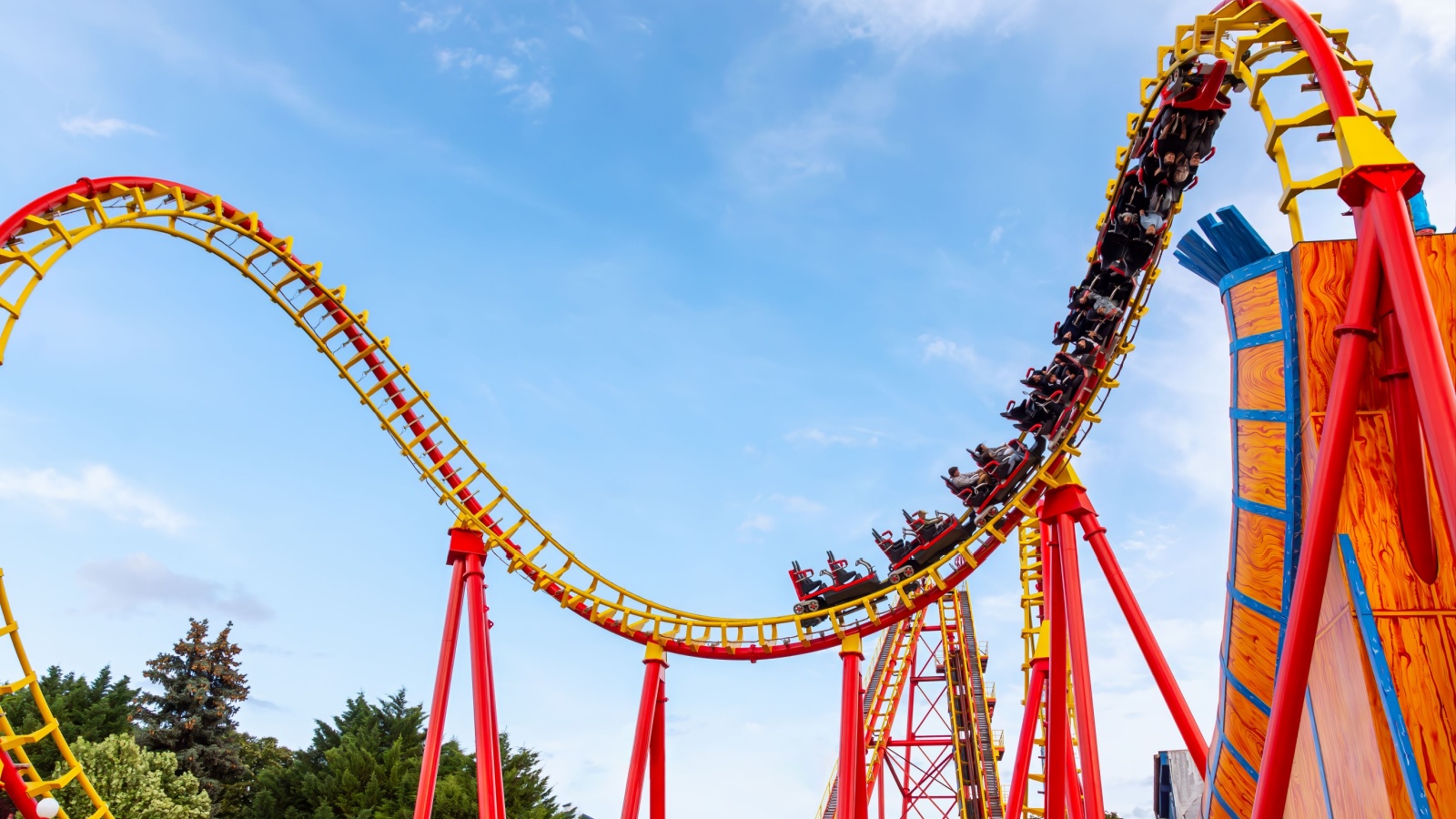
While primarily a zoo, Bowmanville also featured amusement rides and a mini-train that delighted visitors for generations. Operating since 1919, it evolved into a hybrid attraction blending animal shows with carnival fun. After controversies and declining attendance, the zoo closed in 2016, ending the amusement section too. It’s now remembered as one of the oldest hybrid parks in North America, a relic of a time when roller coasters and tigers could coexist in one family day trip.
Magic Mountain’s Original Section – Moncton, New Brunswick

Magic Mountain still operates today, but its early 1980s section, nicknamed “Old Splash World”, was completely redeveloped, effectively erasing its vintage character. Wooden slides, hand-painted signs, and simple carnival rides gave way to modern steel structures and resort partnerships. While technically not a closure, the disappearance of its original aesthetic marked the end of an era for longtime locals who remember the park before its corporate rebranding. It’s a story of evolution, but also quiet loss.
Expo 67 Amusement Zone – Montreal, Quebec
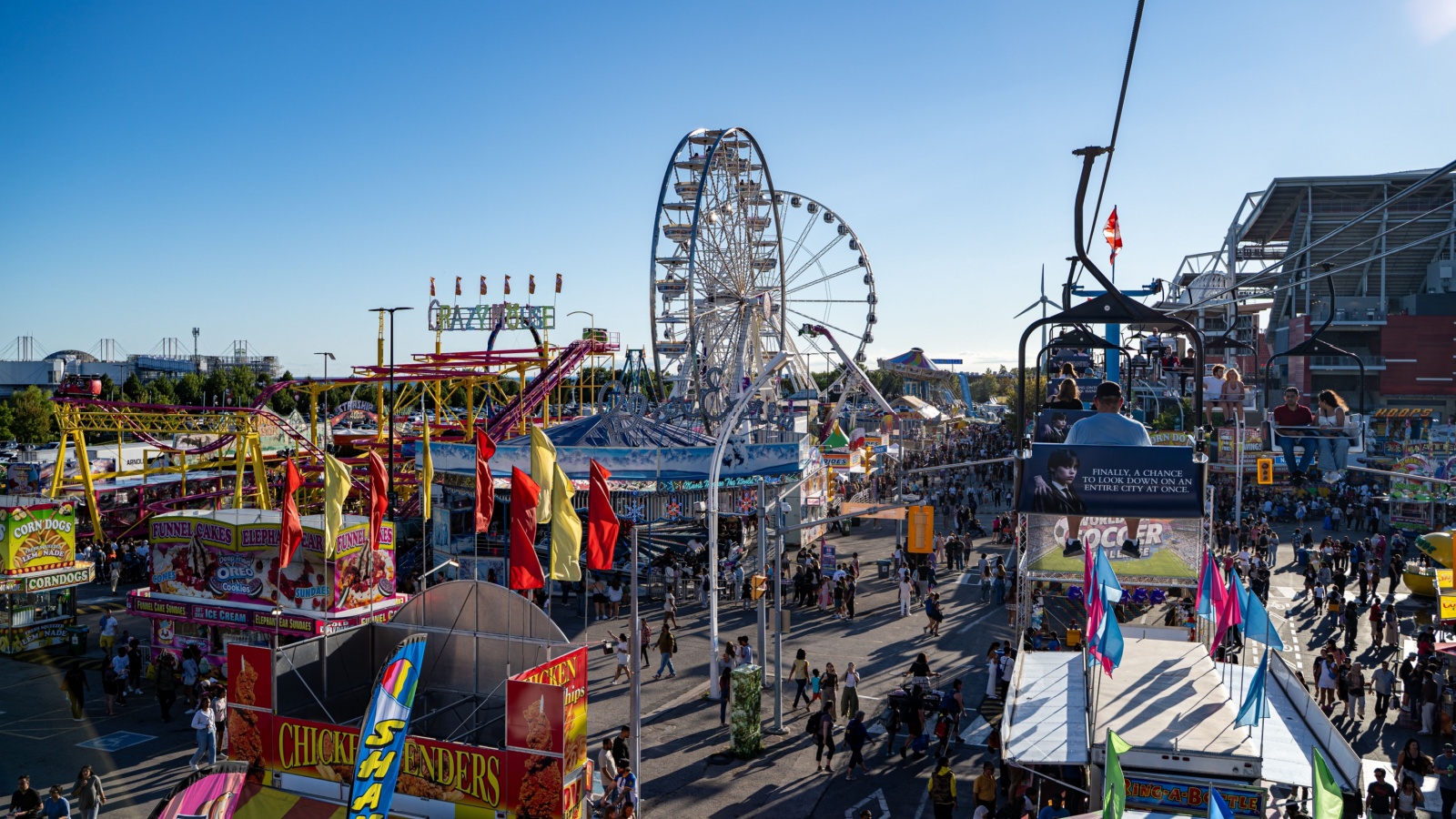
Montreal’s Expo 67 fair included a vast amusement zone filled with futuristic rides, gondolas, and themed pavilions. After the event, some attractions lingered but eventually closed as Expo’s grounds were repurposed for La Ronde and other facilities. Many temporary rides were dismantled or sold internationally. The Expo’s amusement area is often cited as the precursor to modern Canadian theme parks, bridging the optimism of the 1960s with the thrill culture that would define the decades to follow.
Santa’s Village West – Calgary, Alberta
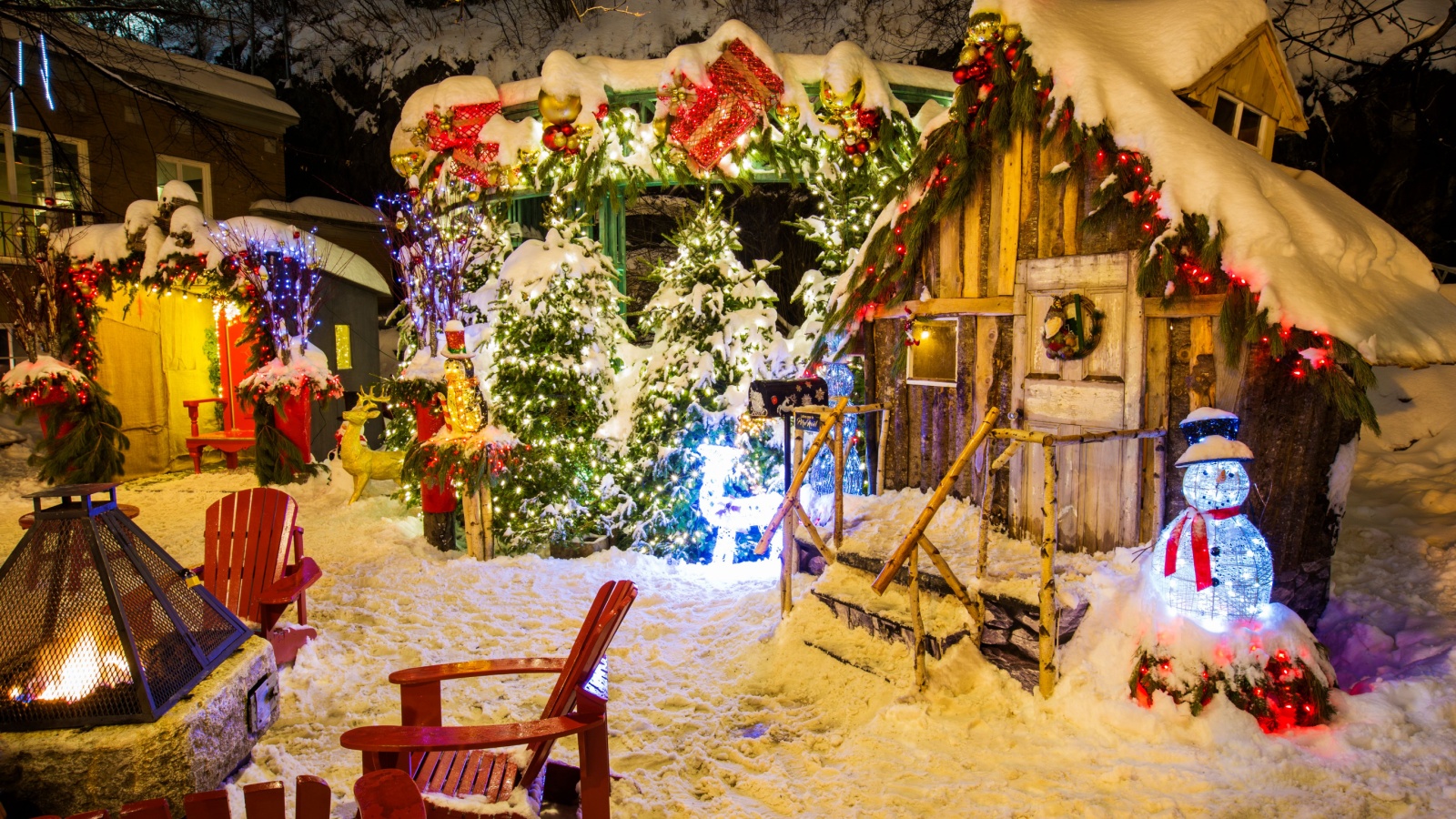
Santa’s Village West was a Christmas-themed amusement park that opened in the 1980s, offering year-round holiday joy. It included reindeer displays, sleigh rides, and winter lights, even in the summer months. The novelty eventually faded as nearby attractions like Calaway Park dominated. By the mid-1990s, operations ceased, and the property was sold. Though Calgary’s climate suited its theme, its concept couldn’t sustain repeat attendance. Still, for families who visited, it remains a warm, tinsel-coated childhood memory.
Calypso’s Early Companion Park – Ottawa Region, Ontario

Before Calypso became Canada’s largest waterpark, it was paired with a smaller adventure-themed companion park featuring zip lines and obstacle courses. This side attraction opened in the early 2000s but closed quietly after a few seasons due to safety regulations and limited crowds. The waterpark thrived while the adventure park disappeared. It’s a small but interesting case of how even successful amusement complexes sometimes lose their experimental halves along the way.
Fantasyland (Pre-Galaxyland) – Edmonton, Alberta

Before it became Galaxyland inside West Edmonton Mall, the indoor park was known as Fantasyland, opening in 1983. Featuring fairytale rides and castle-style décor, it was renamed after a lawsuit from Disney over the shared name. The Fantasyland brand effectively “closed” in 1995, replaced by the space-themed Galaxyland. While the rides remain, the whimsical medieval identity disappeared. It’s a reminder of how trademark disputes can quietly end entire eras of amusement nostalgia.
21 Products Canadians Should Stockpile Before Tariffs Hit

If trade tensions escalate between Canada and the U.S., everyday essentials can suddenly disappear or skyrocket in price. Products like pantry basics and tech must-haves that depend on are deeply tied to cross-border supply chains and are likely to face various kinds of disruptions
21 Products Canadians Should Stockpile Before Tariffs Hit
